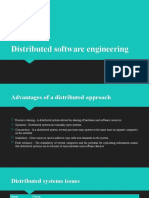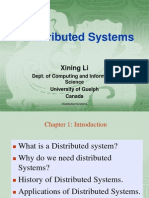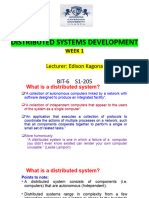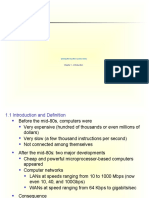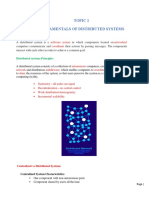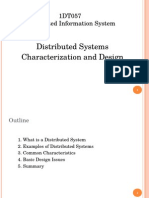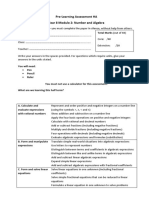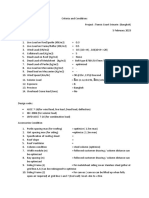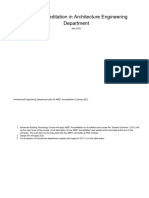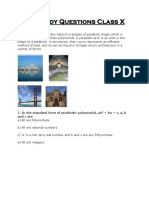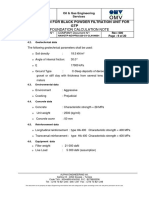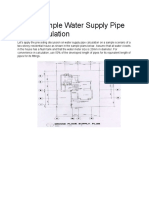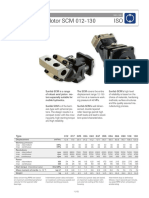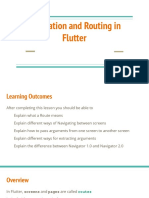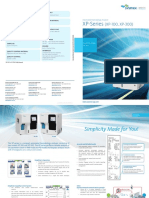0% found this document useful (0 votes)
15 views45 pagesLecture 2 On Distributed Systems
The document provides an overview of distributed systems, defining them as collections of independent computers that collaborate via a network. It discusses the advantages and disadvantages of distributed systems compared to centralized systems, including aspects such as reliability, performance, and flexibility. Additionally, it covers design issues, communication methods, and various architectures within distributed systems.
Uploaded by
brianshiaba33Copyright
© © All Rights Reserved
We take content rights seriously. If you suspect this is your content, claim it here.
Available Formats
Download as PPTX, PDF, TXT or read online on Scribd
0% found this document useful (0 votes)
15 views45 pagesLecture 2 On Distributed Systems
The document provides an overview of distributed systems, defining them as collections of independent computers that collaborate via a network. It discusses the advantages and disadvantages of distributed systems compared to centralized systems, including aspects such as reliability, performance, and flexibility. Additionally, it covers design issues, communication methods, and various architectures within distributed systems.
Uploaded by
brianshiaba33Copyright
© © All Rights Reserved
We take content rights seriously. If you suspect this is your content, claim it here.
Available Formats
Download as PPTX, PDF, TXT or read online on Scribd
/ 45










